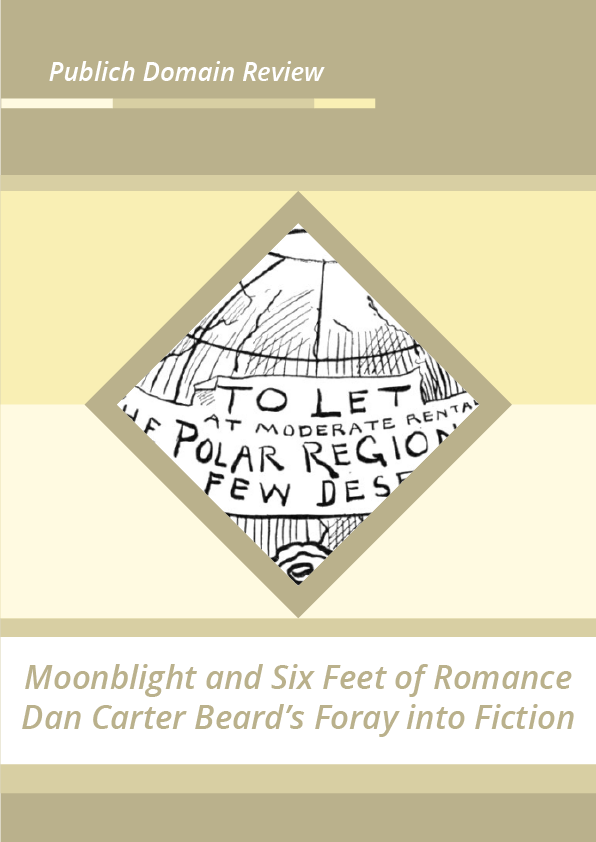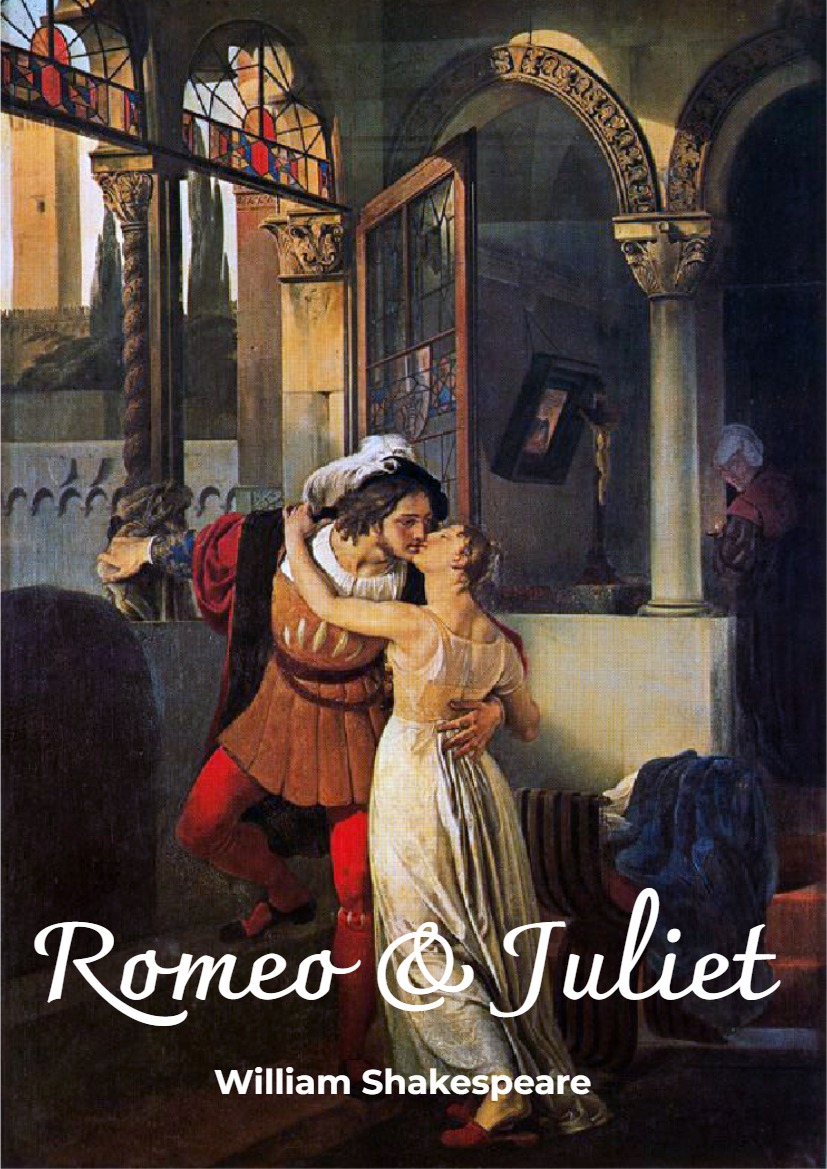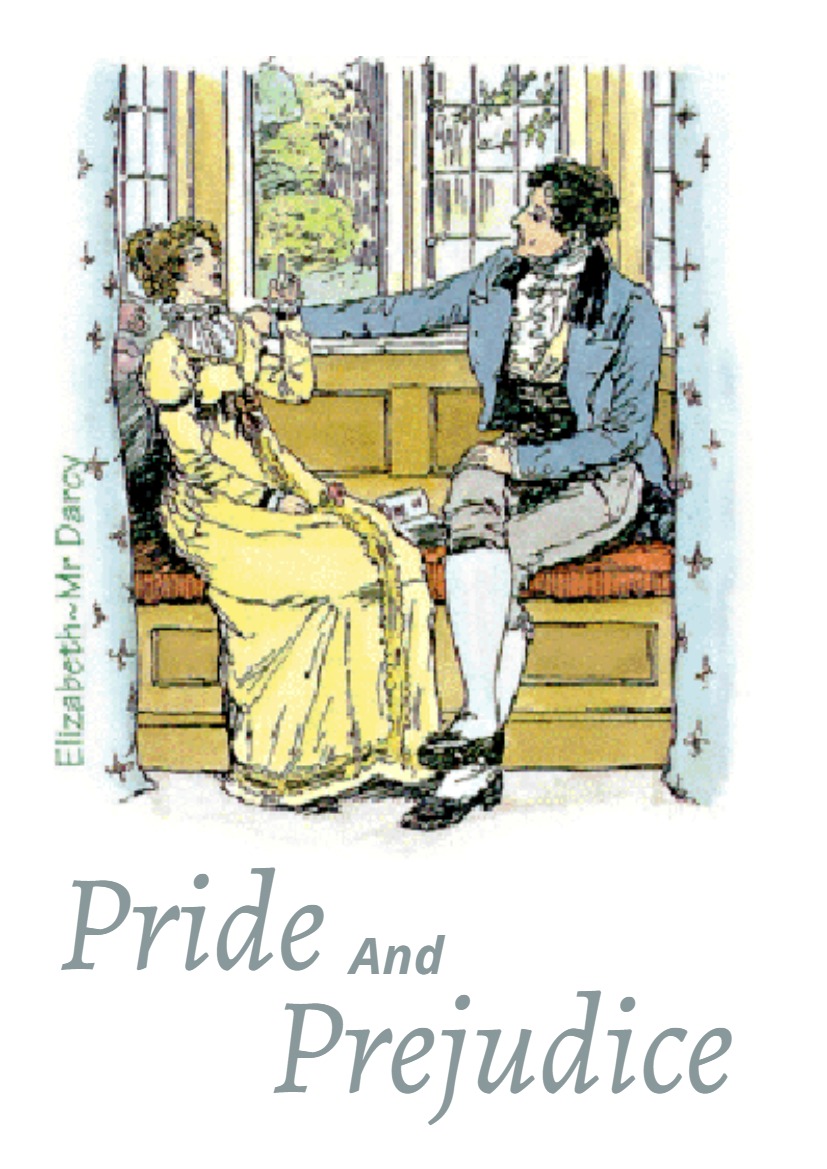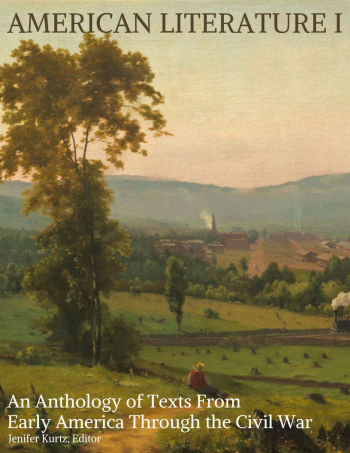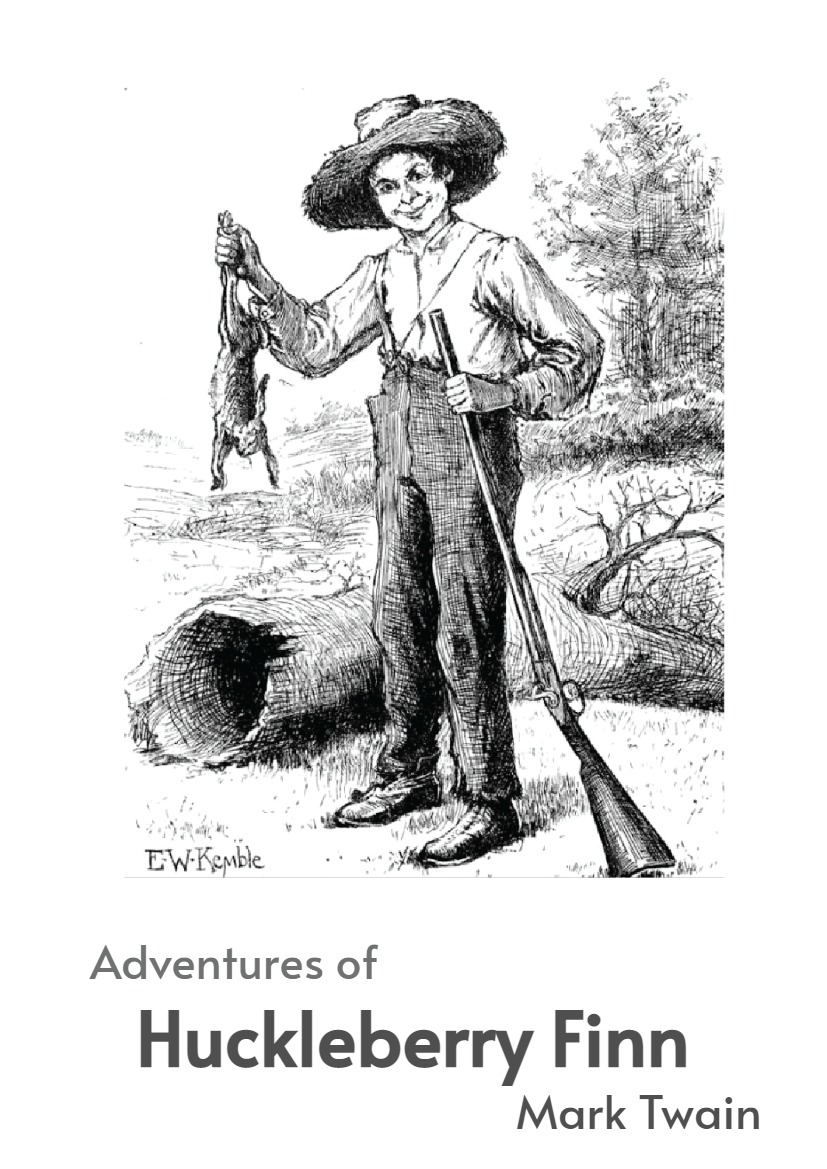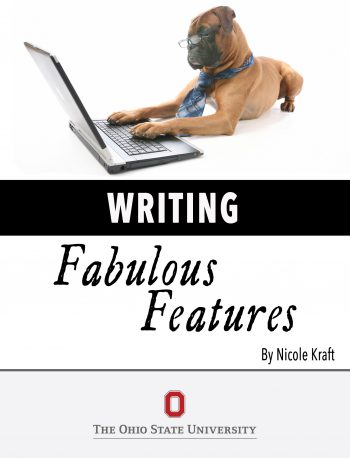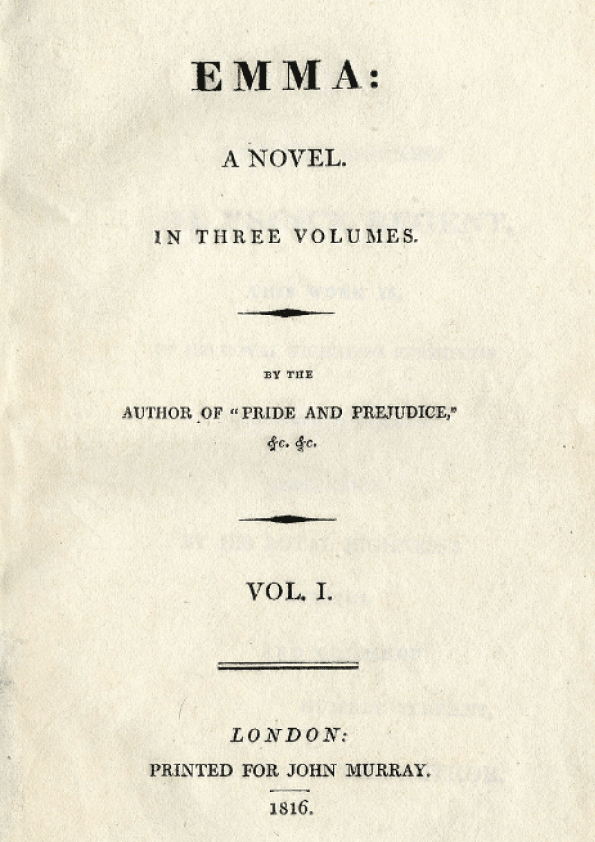An esoteric disease which reveals things in their true light; three pairs of disembodied feet galavanting about the countryside – Abigail Walthausen explores the brief but strange literary career of Daniel Carter Beard, illustrator for Mark Twain and a founding father of the Boy Scouts of America.
Although Daniel Carter Beard is best known as one of the founders of the Boy Scouts of America, he was also a well-known illustrator and a literary man. The latter is evident in a definite flair for titling apparent at all points in his career, from the alliterative titles of his illustrated woodcrafts manuals (among them Shelters Shacks and Shanties, Bugs Butterflies and Beetles, and Signs, Symbols and Signals) to his ominous autobiographical Hardly a Man is Now Alive. But the most memorable monikers amongst his books come from a pair of novellas that he wrote early in his career and promptly tried to forget: Moonblight and Six Feet of Romance.
These novellas, published in 1892, were written during a period in Beard’s life when he was enduring backlash for the illustrations he had done for Mark Twain’s A Connecticut Yankee in King Arthur’s Court. He was blacklisted by magazines and publishers alike not just because of his association with the controversial anti-church, anti-industrialist, anti-imperialist content of Twain’s work, but because in many instances Beard’s illustrations for the novel were more inflammatory than the text itself. Although Twain was pleased with Beard’s work, saying, “Dan Beard is the only man who can correctly illustrate my writings for he not only illustrates the text, but he also illustrates my thoughts,” the illustrations often diverged from the story’s literal plot and sometimes even from its explicit message. In several of his most notable revisions, Beard inserted the faces of contemporary figures into his work. As a great follower of Henry George’s politics, Beard also worked in a number of illustrations that use Georgist language to promote the “single tax” theory. In both cases, Beard was working to ensure that Twain’s anachronisms would be read as explicit critiques of 19th century society, a mission he would continue in his work on Moonblight and Six Feet of Romance.
In Moonblight, a labor movement novel, Beard develops the politics that he began in his Yankee illustrations. The story’s nameless protagonist is an owner of a mining company who discovers a medieval manuscript while staying the night at a tavern in the room of a stranger. The book details the condition of “moonblight,” an esoteric disease which allows people to “see things as they really are.” After said fascination has set in, crews of coal miners with blackened faces become antebellum slaves before our protagonist’s eyes. When he attends a meeting of mine-owners he sees that their faces take on the likenesses of a fox, a wolf, and a rattlesnake.
Later, “when a question of agreeing upon a form of lease that would evade the eviction laws for the protection of the miners was broached,” the narrator becomes disgusted and sees “not an assemblage of gentlemen, but a lot of parasitic insects, covering the body of a miner, and sucking his blood.” But all lessons do not come from his altered vision;, mentors are just as important in demonstrating not just social injustice and treachery, but the explicit doctrine of Henry George. Sam, a barkeeper, insists that all landless men like himself are slaves, and that the solution to this problem for each man alike is to “Jes charge him fer der rent of der land he uses.” Professor Follium, a geologist, dilates on the rights of man to land ownership as he explains:
A baby is born. It has ears: that means it was intended to hear. It has a mouth to receive nourishment: that means that nourishment is provided for it. It has neither wings nor fins, but feet: that means that it must walk, and is a land animal, and must have land to walk on. All these things will teach you that it has an inherent right to light, air, water, and food; to procure the latter it has hands to transform the products of the earth to a suitable form by labor. I have already said that Nature has provided untold wealth for the babe, yet we will not allow it to use its hands, unless it does so for us.
Despite incredible similarities in the way that Beard illustrated A Connecticut Yankee in King Arthur’s Court and Moonblight, his writing inverts a number of paradigms and motifs from Yankee. In case readers were not entirely sure that Twain was criticising the 19th century and not just the 6th, Beard reverses the time travel and brings Medieval superstition into the 19th century in order to educate a naive industrialist. In both books, the moon has uncanny power over people: while Twain’s Hank uses it to wrest power from the masses that populate his adopted medieval life, Beard’s narrator channels the moon to show universal human truths. He muses, “Freedom is health: slavery is disease… The old white-faced moon saw this — saw the disease grow until it proved almost fatal; and the silver light from the sky shone over many a bloody field where Labor laid on the altar of Freedom thousands of her sons.”
